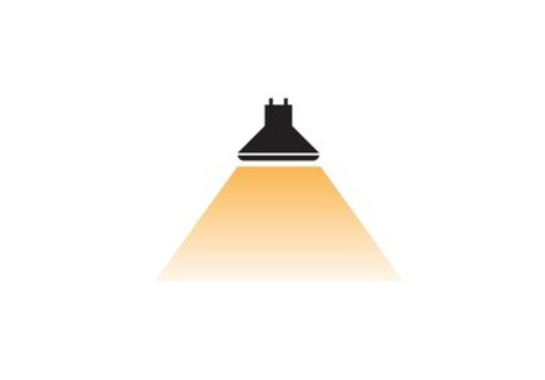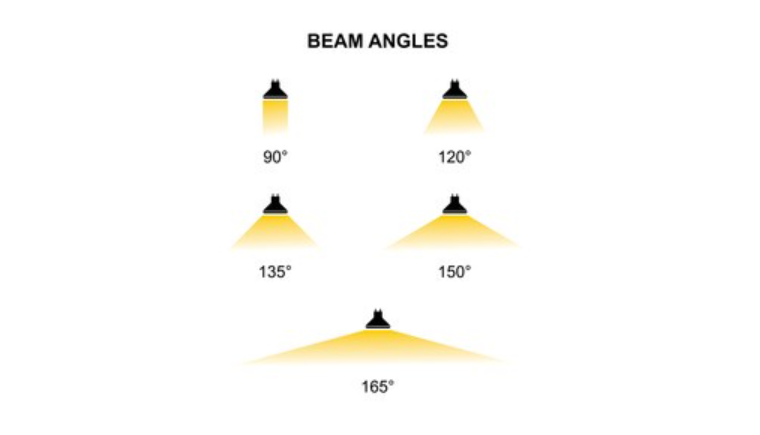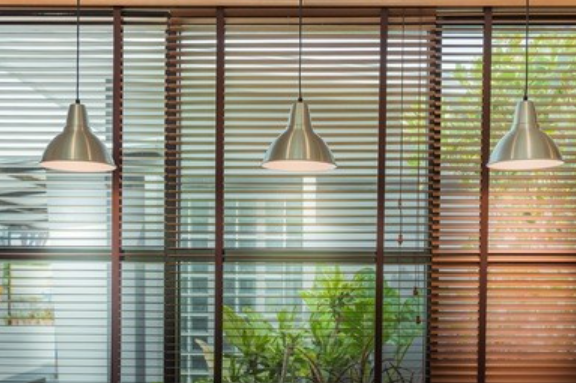What is Beam Angle in LED Lighting?
Beam angle, a seemingly small aspect of lighting, plays a massive role in how a space feels and functions.
The beam angle in lighting refers to the spread of light from the source. It dictates how the light disperses across an area. A narrow beam gives focused, intense light while a wide beam offers diffused, softer lighting.
From dazzling hotel facades to cozy corner cafes, the right beam angle can make or break your project’s ambiance.

Why Does Beam Angle Matter?
Incorrect beam angles can create shadows or overly bright spots, disturbing the intended ambiance of a space. Imagine a romantic dinner under the blinding spotlight – not very appealing, right?

Is Wider Always Better?
One might think a wide beam would cover more area and hence be the go-to choice. But wider isn’t always better. A wide-angle might mean softer light but can also lead to lesser intensity. On the contrary, a narrow beam, although concentrated, might just be perfect for highlighting specific spots or creating dramatic effects.

Choosing the Right Beam Angle: A Quick Guide
Understanding beam angles can sound complex, but once you grasp the basics, the choice becomes clear. Simply put, the beam angle affects how light is spread across a room. Your choice will mainly depend on where you are – a house or a business place.

Residential Lighting: What’s Best?
Residential places, like our homes, typically have lower ceilings and smaller areas. Here’s a quick breakdown:
- General Rooms (e.g., bedrooms, studies): Medium beam angles, between 40° to 60°, work best. They light up most rooms evenly.
- Living Rooms: These are usually bigger, often combined with dining or kitchen areas. A beam angle greater than 60° is suitable here.
- Small Areas (e.g., stairs, closets): Aim for a more focused light. A 25° beam angle is good for 9-10 ft ceilings.
Remember, homes often mix different lights for style and function. It’s not just about brightness but setting the right mood.

Commercial Lighting: Making the Choice
Commercial spaces have varied needs. Here’s a quick guide:
- Retail Shops: The aim is to highlight products. Narrow beam angles with more bulbs are good. Jewelry needs very focused light (under 10°), while clothes on mannequins might need wider beams, like 30°.
- Restaurants: Ambience is key. They often use a 25° beam angle to create a cozy dining atmosphere.
- Offices: You want even light without sharp shadows. Wide beam angles around 60° are preferred. Specific tasks might need narrower beams.
- Warehouses: These places have tall ceilings, so you need lights that shine downwards effectively. The choice of beam angle will depend on the ceiling height.

Conclusion
Picking the right beam angle is about understanding your space and what you want to achieve with your lighting. Whether you’re at home or in a business, getting the lighting right can make a huge difference. And if ever in doubt, know that we at solutionproled are here to help light your way!






